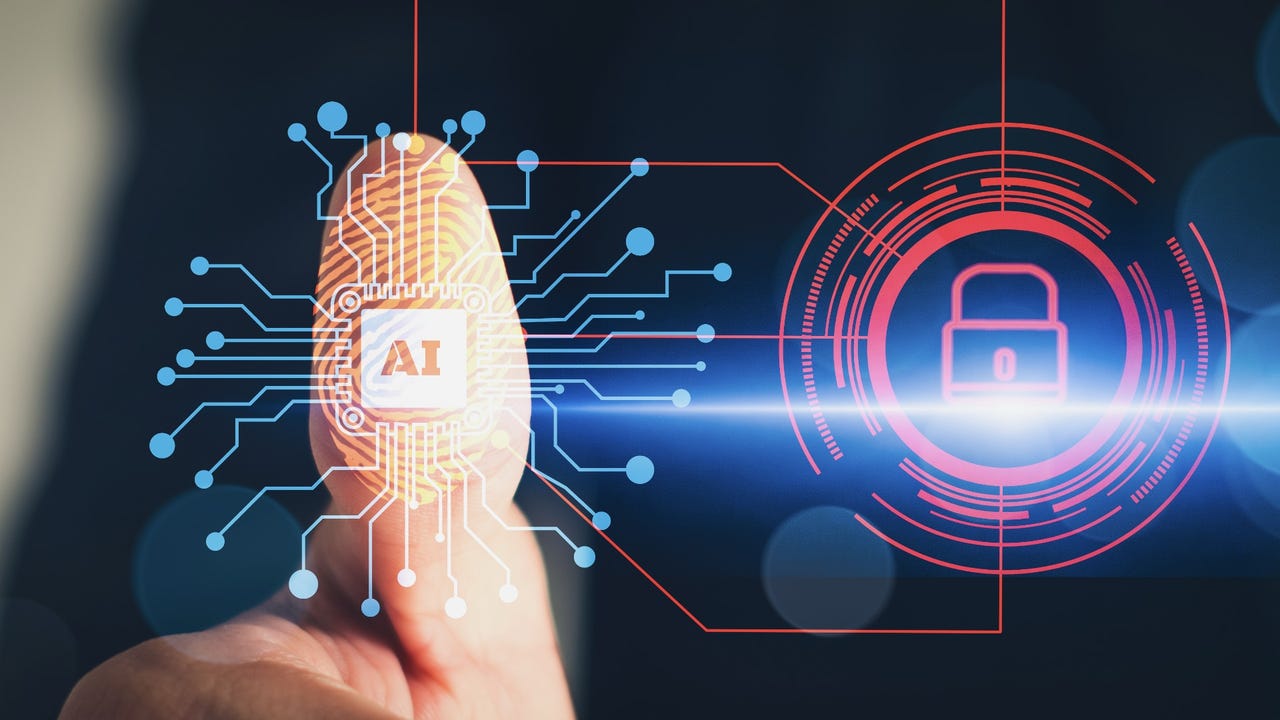
AI Red Teaming: A New Standard for Safe and Secure AI
Generative Artificial Intelligence is everywhere—chatbots, autonomous agents, and tools that write code. As these models gain more power, they become larger targets for adversarial attacks. So, how do we make sure our AI systems are safe, robust, and trustworthy?
In October 2023, President Biden issued an executive order on AI recommending AI Red Teaming as a key measure for ensuring the security and reliability of large foundational models. Since then, AI Red Teaming has become an industry-wide standard—especially for generative AI.
What is AI Red Teaming?
AI Red Teaming is the process of stress-testing AI models to simulate real-world adversarial attacks. Inspired by military and cybersecurity red teaming, it helps identify vulnerabilities, bias, and unsafe behavior in AI systems.
Companies like OpenAI and Anthropic perform Red Teaming internally, but it’s also a valuable skill for engineers and researchers who work with AI tools.
This blog post walks through how to conduct your own AI Red Team Assessment, covering:
- Planning and scoping an engagement
- Key attack strategies
- Security evaluation
- Defense strategies
AI Red Teaming vs. Traditional Red Teaming
Unlike traditional cybersecurity testing, which focuses on infrastructure breaches, AI Red Teaming centers around safety: ensuring that AI doesn’t produce harmful, biased, or misleading output.
For example, while a traditional red team might search for system vulnerabilities, an AI Red Teamer might create prompts designed to force an AI to generate unethical or harmful content—also known as prompt injection or jailbreaking.
When Should You Red Team AI?
You should Red Team any AI model you plan to deploy—especially generative AI. Ideally, Red Teaming should be part of the entire development lifecycle, and repeated after major updates.
Even if you’re just integrating with an external model (like from Azure or AWS), understanding AI Red Teaming helps you use their Responsible AI controls effectively (e.g., content filters, intent classifiers).
What Does AI Red Teaming Measure?
Typical objectives include:
- Adversarial Robustness: Can attackers manipulate model behavior?
- Accuracy and Factual Correctness: Can it hallucinate or be poisoned?
- Bias and Fairness: Does it produce discriminatory output?
- Security and Data Protection: Does it leak sensitive or private info?
Three Phases of an AI Red Team Assessment
1. Planning and Scope Definition
Set clear boundaries and risk criteria. Identify what counts as a vulnerability and how risks will be prioritized.
2. Attacking the System
Create prompts and scenarios that test model safety. Use automation tools like PyRIT or Garak to scale the attack surface.
3. Strengthening Defenses
Turn findings into security improvements. Potential defense mechanisms include:
- Data Refinement: Clean training data to reduce bias or PII.
- Content Filtering: Block sensitive content at runtime.
- Intent Classification: Detect adversarial inputs.
- Prompt Improvements: Adjust system prompts to guide safer responses.
Conclusion
AI Red Teaming has evolved from a best practice to a core requirement for responsible AI deployment. Since the 2023 Executive Order, companies are under increasing pressure to ensure AI behaves ethically, securely, and predictably.
Effective Red Teaming requires creativity, planning, and technical insight—and it helps build AI systems the world can trust.
For deeper technical insights, explore OpenRedTeaming or research from model providers like Anthropic, Microsoft, and Google.
Stay in the loop.
Subscribe for the latest in AI, Security, Cloud, and more—straight to your inbox.

